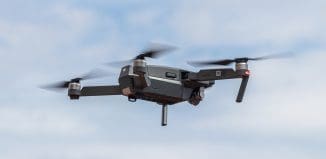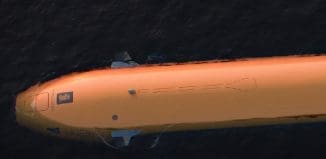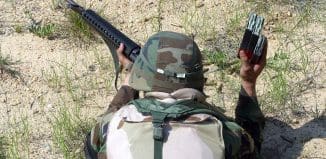Armor Inspection – Already at Battlefield
This post is also available in:  עברית (Hebrew)
עברית (Hebrew)
An innovative armor inspection method of rapidly assessing if a soldier’s body armor has suffered damage on the front line was created by a collaboration between the tech design consultancy company firm, Plextek, and the British MoD’s procurement agency, DE&S,
With funding from the Small Business Research Initiative (SBRI), the system uses sensor technology adapted from the automotive sector to automatically inform a soldier through a simple push-to-test indicator whether the armor has experienced hidden damage during combat.
The in-field system is supposed to help soldiers cope with unpredictable situations that put the armor under strain, such as having to dive to the ground for cover. Normally, if any damage is spotted during routine visual inspections prior to a mission, the armor is immediately taken out of service and sent for x-ray analysis. However, cracks within the ceramic are often difficult to spot through visual inspection alone. This is an inefficient, expensive and time-consuming process has a large logistic implications.
Plextek leveraged on ultra-low power micro-electromechanical systems (MEMS) technologies to develop a low size, weight and power proof of concept sensor system. This sensor system detects shockwaves associated with the formation of fractures within the armor caused by an impact, according to Plextek’s website.
According to BusinessWeekly, during the height of operations in Afghanistan for example, approximately 9,000 armor plates were returned to the UK for x-ray analysis and refurbishment after each tour of duty. Although this was a lengthy and costly process, it ensured that no soldier was issued with any body armor that was not fit for purpose.
Plextek’s innovation could provide the MOD with the ability to potentially reduce the through-life costs of the armor by minimising the frequency of x-ray inspection. As the patent-protected solution could be applied to any form of ceramic armor, the technology has huge potential to be used in other sectors such as specialist police divisions.
Dr Aled Catherall, technology lead, defence and security at Plextek said: “At a time where the armed forces are under significant budget constraints and ever increasing scrutiny of their activities, it’s crucial to uncover front-line solutions that can save money and time whilst also improving military capability and safety of those on the front line”.





























